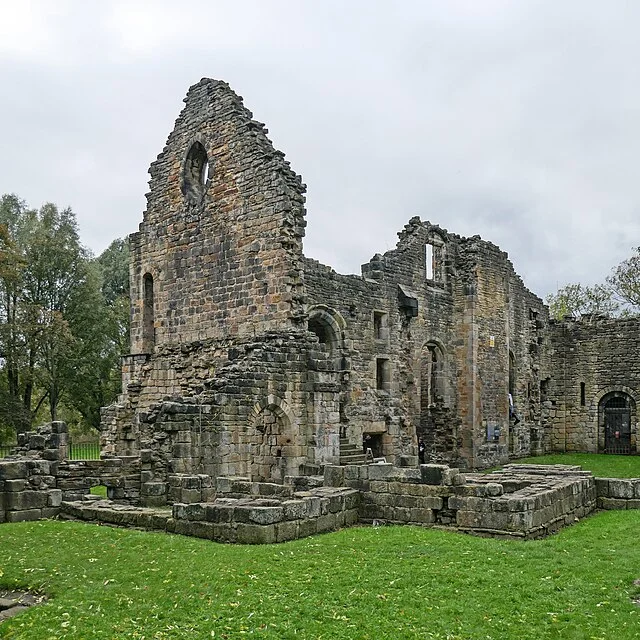Kirkstall Abbey, located in Leeds, England, stands as one of the best-preserved examples of a medieval Cistercian abbey in Britain. Founded in the 12th century, it offers insight into the life and architecture of the Cistercian monastic order. The abbey’s historical significance and enduring architectural elements continue to draw both scholars and visitors today.
Get your dose of History via Email
Founding and History of Kirkstall Abbey
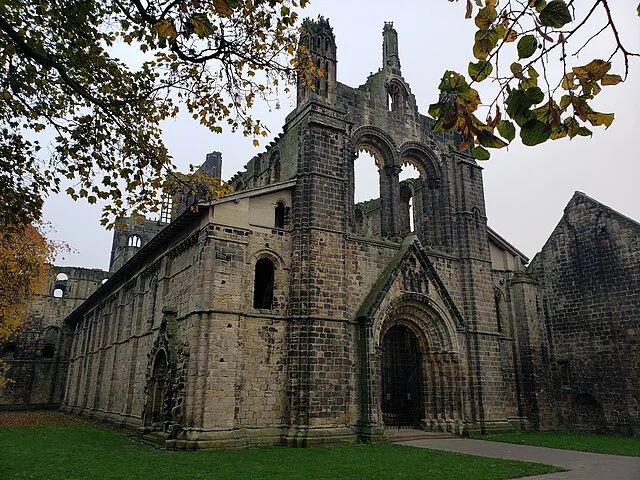
The abbey was founded in 1152 AD by monks of the Cistercian order. Henry de Lacy, a powerful local noble, donated the land for the abbey’s construction. The monks initially attempted to establish the abbey in Barnoldswick, but faced difficulties due to poor weather and rocky soil. They then moved to the more favorable location along the River Aire at Kirkstall, which offered a more temperate climate and fertile soil.
The Cistercians followed a strict interpretation of the Rule of St. Benedict, focusing on manual labor, communal living, and prayer. Kirkstall Abbey reflected these values with its self-sufficient design, including a range of buildings to support agricultural and domestic needs. Over time, the abbey became a significant center of Cistercian spirituality and agricultural development in northern England.
Architectural Features
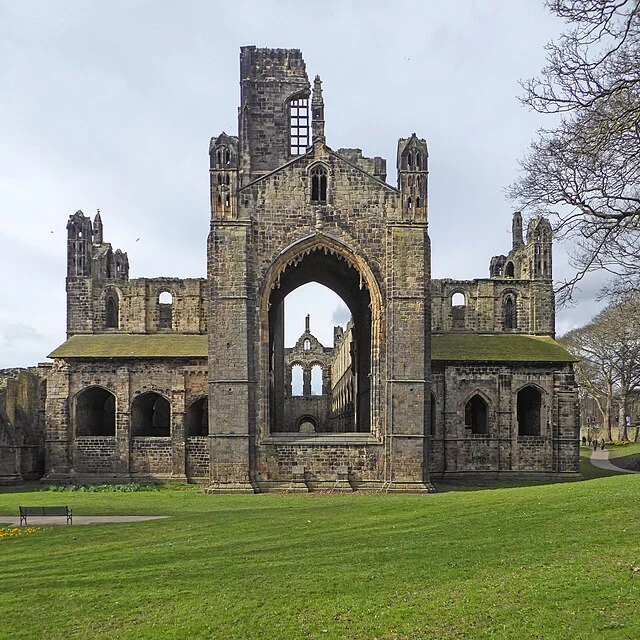
Kirkstall Abbey exhibits key elements of Cistercian architecture, which emphasizes simplicity and functionality. The church, built in the traditional cruciform shape, dominates the complex. Its design follows the austere Cistercian style, which shuns elaborate decoration in favor of plain stone and modest detailing. The abbey is built of locally quarried gritstone, which gives the structures a distinctive, weathered appearance.
The abbey’s layout follows a typical Cistercian plan, with the church forming the central structure and the cloister providing a gathering place for the monks. Surrounding the cloister, additional buildings, including the chapter house, refectory, and dormitory, supported the monastic community’s daily life. Each structure played a specific role in fulfilling the self-sustaining nature of the abbey.
The chapter house, where monks gathered daily for readings and discussions, is located on the east side of the cloister. The refectory, located on the opposite side, served as the dining hall and reflects the Cistercians’ disciplined lifestyle, as meals were typically taken in silence. The dormitory, where the monks slept, was designed to provide communal yet humble accommodations.
Dissolution and Decline
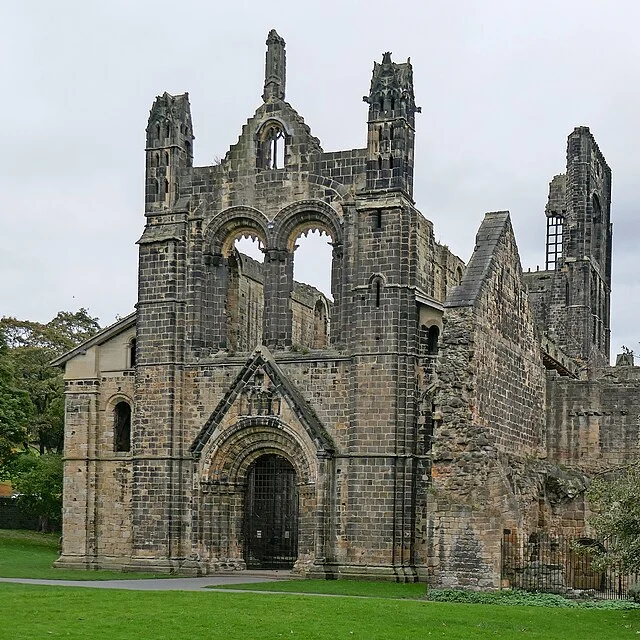
In the early 16th century, Kirkstall Abbey, like many religious institutions in England, faced challenges from the crown. In 1539 AD, during King Henry VIII’s Dissolution of the Monasteries, Kirkstall Abbey was officially closed. The buildings and surrounding land were seized by the crown, and the abbey’s wealth was confiscated.
Following the dissolution, the abbey’s structures fell into disrepair. Stones and building materials from the abbey were repurposed for local construction, accelerating the site’s decay. However, the remains of Kirkstall Abbey continued to stand, and its enduring ruins have fascinated historians and archaeologists since the 19th century.
Restoration and Conservation
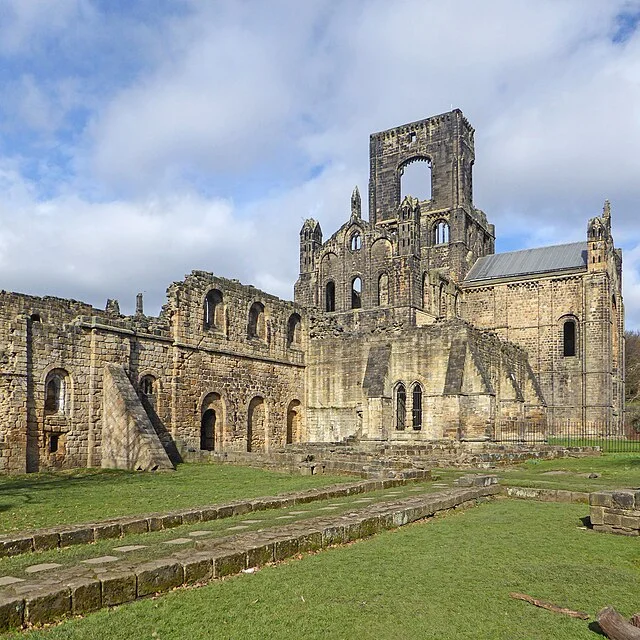
Interest in the abbey’s preservation began in the 19th century, when antiquarians and historians recognized its historical value. Local efforts to protect and conserve the site gained momentum, eventually leading to the city of Leeds acquiring Kirkstall Abbey in 1890 AD. Restoration efforts focused on stabilizing the structure and preventing further deterioration.
Today, Kirkstall Abbey is a scheduled ancient monument and remains under the care of Leeds City Council. Modern conservation practices ensure that the abbey’s structures are maintained for public viewing and educational purposes. Guided tours and interpretive displays help visitors understand the abbey’s history and monastic life.
Kirkstall Abbey’s Role in Modern Culture
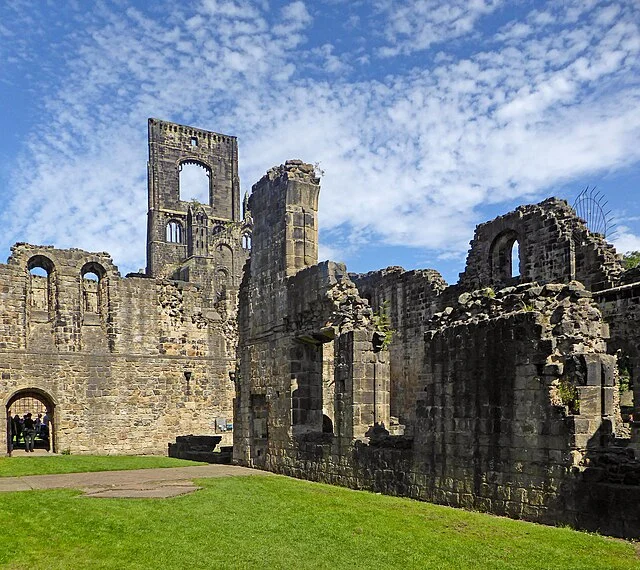
Kirkstall Abbey holds cultural significance beyond its historical role. The abbey grounds are open to the public, providing a tranquil setting for leisure and reflection. Throughout the year, events such as festivals, art installations, and theatrical performances take place on the grounds, drawing a diverse range of visitors. The abbey’s scenic setting and Gothic architecture have also made it a popular subject for artists and photographers.
Archaeological Research and Discoveries
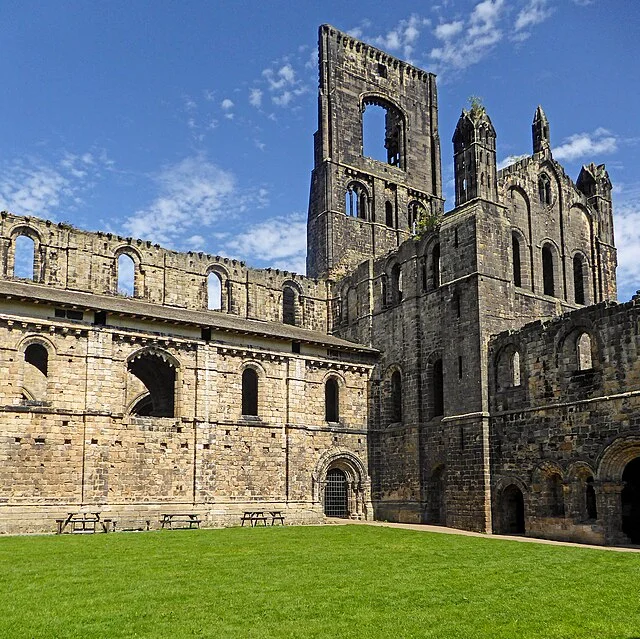
Ongoing archaeological research at Kirkstall Abbey continues to reveal insights into monastic life in medieval England. Excavations have unearthed artifacts, including pottery, tools, and remnants of medieval agriculture, shedding light on the self-sustaining practices of the abbey’s inhabitants. The discoveries offer a deeper understanding of the daily routines, diet, and craftsmanship of the Cistercian monks who lived at Kirkstall.
Legacy and Historical Significance
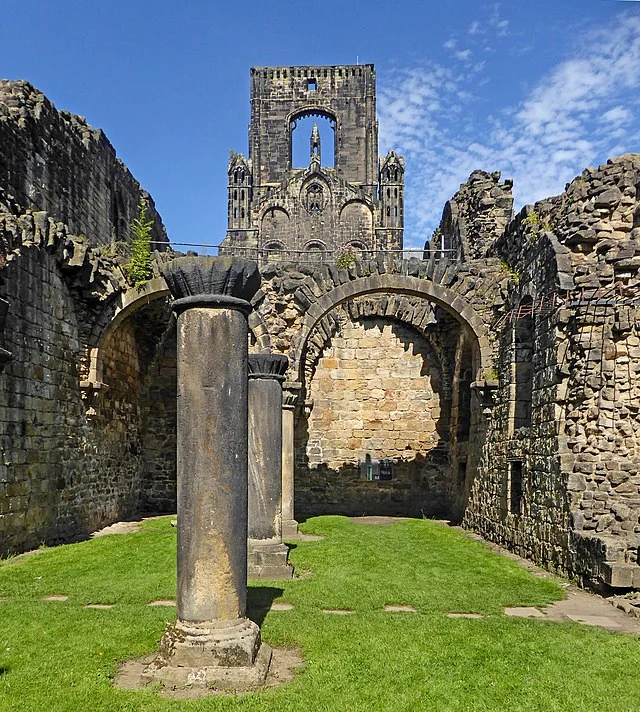
Kirkstall Abbey remains a valuable site for understanding medieval monasticism and the architectural achievements of the Cistercian order. Its ruins serve as a testament to the monks’ dedication to simplicity, discipline, and community. As an enduring piece of history, Kirkstall Abbey provides both a connection to the past and a setting for cultural activities, blending heritage and modern community engagement.
The abbey’s legacy as a center of spiritual and agricultural life remains relevant in studies of medieval England. Through careful conservation, Kirkstall Abbey stands as a historical landmark, contributing to the cultural and educational landscape of Leeds and beyond.
Source:

